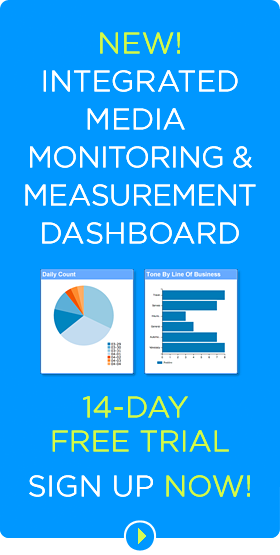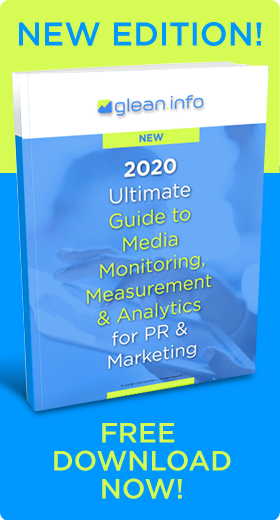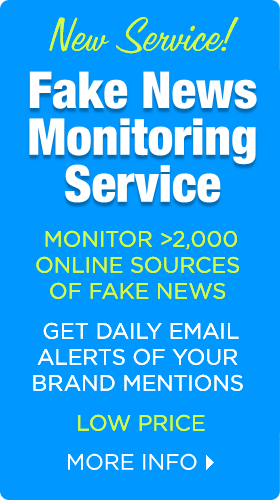 A range of industries have discovered the benefits of social media listening.
A range of industries have discovered the benefits of social media listening.
In financial services, Barclays quickly learned of shortcomings in its new mobile banking app through real-time social media listening, allowing it time to resolve the issue in a timely way. In the technology sector, Dell Software found that a product manager had mistakenly priced a notebook computer too high within hours after its launch. In the automotive industry, Nissan’s social media monitoring team operates as a distinct unit, rather than with the marketing or PR department, in order to facilitate the sharing of social media data throughout the entire organization.
Social media listening, also called social media monitoring, also provides substantial benefits to companies in the pharmaceutical and biotech industries, law firms, and colleges and universities.
In publishing, social media listening enables authors and publishers to learn who is talking about books and authors, what they’re saying, and when and where the conversations take place, explain executives at Penguin Random House. Social media monitoring and measurement helps the publisher improve its marketing strategies, find new audiences, find better book topics and story lines, and track authors, titles and topics over time.
Case Studies of Social Media Monitoring in Book Publishing
Penguin Random House cites three examples of how social media monitoring has benefited its authors and books.
“Seven Brief Lessons on Physics” by Carlo Rovelli. Social listening helped tailor the book’s messaging to current events related to the book’s topic. For example, when media outlets covered the detection of gravity waves, marketers identified media sources and articles that received the most engagement and the terms used in popular descriptions. They then targeted fans of those publications with promotions for the book, using copy tailored to evoke the headlines.
The take-away: News stories can provide a natural hook and audience for targeted marketing and publicity. By monitoring trending hashtags, popular conversation keywords, and top media articles, publishers can design social media and messaging to fit the current conversation.
“Originals” by Adam Grant. Social listening revealed when influencers were talking about the book and author, allowing marketers to amplify those messages in a timely manner. They tracked Twitter mentions of the author and book from Grant’s most influential friends and amplified those mentions through social channels.
Take-away: Real-time notifications can help the publishing team jump into active conversations and drive more engagement.
“Troublemaker” by Leah Remini. After the book’s excellent reception, marketers used social listening to learn exactly why readers enjoyed the book. Social listening revealed readers, besides being interested in Scientology, appreciated the author’s personality and how she shared her stories and experiences. Based on this insight, the team arranged consumer-driven Q&A chats with Remini focused more on the author than Scientology.
Take-away: While a marketing team may have identified a hook for a particular book, social listening can unveil unexpected opportunities that can be even more effective.
Bottom Line: Executives at a major book publisher explain how they used social media listening to better promote their authors and titles. Other publishers and marketers in other industries may able to learn from their experiences. The publisher’s examples show that almost all industries can benefit from social media monitoring.
William J. Comcowich founded and served as CEO of CyberAlert LLC, the predecessor of Glean.info. He is currently serving as Interim CEO and member of the Board of Directors. Glean.info provides customized media monitoring, media measurement and analytics solutions across all types of traditional and social media.




